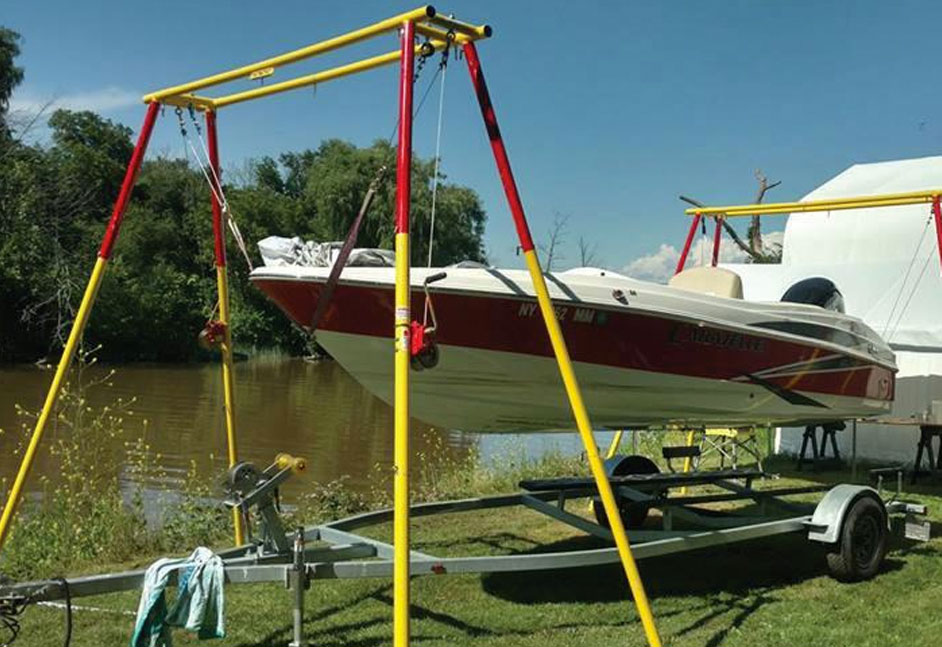
Marinas Answer Questions about Dockage Offers and Dock Infrastructure
Published on November 1, 2017Editor’s Note: This was the first product survey on docks by Marina Dock Age magazine. We asked marinas questions about what types of dockage they offered, and what dock infrastructure supported those operations. Thank you to all those that participated. Look for our surveys throughout the year via email and online.
Dockage Offerings
The survey asked facilities what type of dockage they offered, including transient, month-to-month, seasonal and annual. Fewer facilities offered month-to-month dockage, compared to transient, seasonal and annual dockage, which were offered by around three-quarters of facilities. Annual dockage was offered by the largest majority (78%).
The regional results for each type of dockage did vary significantly. For transient dockage, a much smaller number of facilities in the Midwest had transient docks, compared to the other regions. (See Fig. 1A.) The West had the largest majority offering transient dockage to boaters (86%).
For annual dockage, the Northeast had the fewest number of facilities with that offering (58%). (See Fig. 1B.) The South had the highest number of facilities with annual dockage (86%), followed by the Midwest (80%).
For month-to-month dockage, the results were varied, with a large number offering it in some regions and a much smaller number in others. (See Fig. 1C.) The Midwest had the fewest number of facilities offering month-to-month dockage (38%). The West had the largest majority with month-to-month dockage (83%).
Seasonal dockage offerings were fairly consistent across three regions (South, Midwest and Northeast), hovering around and above the average overall (70%). (See Fig. 1D.) Significantly fewer marinas in the West offer seasonal dockage.
Power and Other Dock Services
Electric power service across the regions was consistent, with the majority of facilities offering 30-amp service. A significantly larger number of facilities in the South also offer 50-amp service. (See Fig. 2A.) Very few facilities in the Midwest offer 100-amp service.
A number of facilities charge for Wi-Fi and water services (from transient and seasonal to month-to-month and annual customers). A small minority of facilities charged for cable services, and some charged for power in addition to dockage fee (See. Fig. 2B.)
Dock, Decking and Anchoring Infrastructure
The majority of facilities overall have floating docks (63%), one-quarter have fixed docks, and 12% have both. (See Fig. 3A.) The West has the largest majority of facilities with floating docks (86%). The Midwest only has 50% with floating docks, but 29% with fixed and floating docks. The South also has a lower number of facilities with floating docks (50%).
The type of material used to build docks was quite varied across the regions. (See Fig. 3B.) Overall, the majority of facilities have wooden docks. However, in the West only 25% of facilities use wood and only 43% in the Midwest. In the West, a large majority of facilities have concrete docks (62.5%). Only a few facilities in the South and Midwest have aluminum docks. A slightly larger, but still small percentage of facilities use composite materials for dock infrastructure.
Overall, the majority of facilities use wooden decking materials. (See Fig. 3C.) A slightly larger number of facilities in the South use wood, over composite or concrete. Most regions are fairly consistent, though West uses more composite decking, than other regions.
Respondent Profile
The map on page 8 shows the percentage of respondents for nine different regions. Overall, the majority of respondents were from the South (39%), followed by the Northeast (27%); the West (19%) and the Midwest (15%).
The top states include: Florida (12%); California (7%); New York (7%); Washington (7%); Maryland (6%); Massachusetts (5%); North Carolina (5%).
| Categories | |
| Tags |






